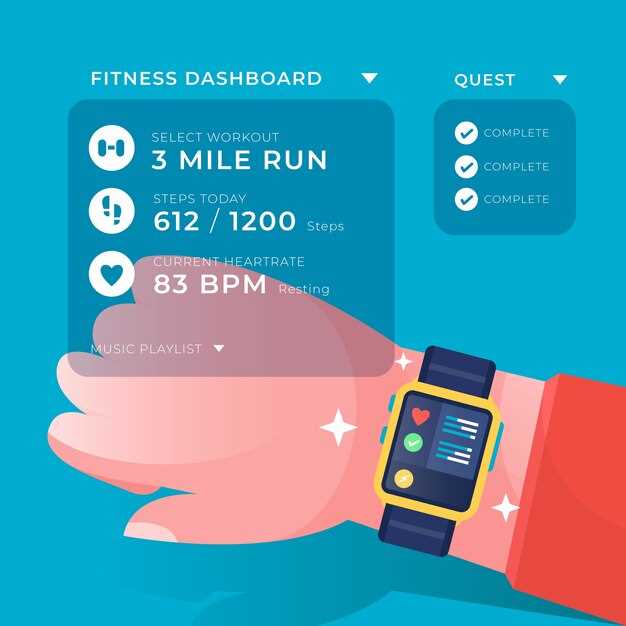
In the realm of motorsport, the pursuit of speed and precision is paramount. Every millisecond counts, and lap timing data serves as a critical resource for teams and drivers seeking to enhance their performance. By meticulously analyzing these metrics, stakeholders can identify strengths and weaknesses in driving techniques, vehicle setup, and race strategy.
Lap analytics encompasses a range of methodologies that transform raw timing data into actionable insights. By breaking down lap times into various segments, teams can pinpoint specific sections of a track where improvements can be made. This slice-and-dice approach allows for tailored strategies that address individual challenges faced by the driver and car on each lap.
Furthermore, the integration of advanced analytics tools enables teams to visualize lap timing data in innovative ways, fostering a deeper understanding of performance. By comparing multiple laps and correlating them with various factors such as weather conditions and tire performance, teams can develop a comprehensive overview of what drives success on the track. The ongoing evolution in lap timing technologies continues to revolutionize how data is leveraged, ensuring that every racer can strive toward optimal performance with a data-driven mindset.
Integrating Lap Time Data into Real-Time Strategy Adjustments
Integrating lap time data into real-time strategy adjustments is essential for optimizing performance in competitive racing. Collecting accurate lap times allows teams to analyze their current standing and make informed decisions during the race. This integration enhances situational awareness, enabling drivers and engineers to adapt strategies on the fly.
Real-time analysis of lap times can pinpoint specific strengths and weaknesses. By comparing lap times across different segments of the track, teams can identify when a driver excels or struggles, allowing for immediate feedback and adjustments. For instance, if a driver logs a slower lap time in a particular corner, engineers can devise specific strategies–such as altering braking points or changing tire pressures–to improve performance in that area.
Furthermore, integrating lap time data with telemetry information, such as speed and tire temperature, provides deeper insights. This combination allows for more nuanced strategy adjustments. When lap time data indicates a decline in performance, it can trigger a review of tire management, fuel load, or aerodynamic settings. Instantaneous decisions based on this data can significantly impact race outcomes.
Communication between drivers and their teams plays a critical role in utilizing lap time data effectively. By keeping drivers informed about their performance in real-time, teams can suggest strategic changes based on ongoing analysis. This dynamic approach promotes a collaborative environment, ensuring that all parties are aligned in their objectives and strategies throughout the race.
Incorporating advanced analytics tools that process lap time data in real-time can further enhance strategy adjustments. Machine learning algorithms can identify patterns and predict potential race scenarios, giving teams an edge over their competitors. The synergy between technology and human decision-making forms the backbone of agile strategy application during live racing events.
Ultimately, the ability to integrate lap time data into real-time strategy adjustments constitutes a significant advantage. It allows for continual performance enhancement, tailoring strategies based on empirical data that reflect the current state of the race. As teams leverage this approach, they position themselves for success in highly competitive environments.
Identifying Key Performance Indicators through Lap Time Analysis

Analyzing lap time data is essential for assessing the performance of drivers and teams in motorsport. By breaking down lap times, teams can pinpoint specific areas that need improvement and establish key performance indicators (KPIs) that guide their strategies. The primary objective is to transform raw lap time data into actionable insights that enhance competitiveness on the track.
One of the first steps in lap time analysis is segmenting each lap into distinct phases, such as acceleration, braking, and cornering. By evaluating the time spent in these phases, teams can identify inefficiencies caused by poor driving techniques, vehicle setup, or tire management. This detailed dissection allows for a more nuanced understanding of each driver’s strengths and weaknesses on specific segments of the track.
Furthermore, comparing lap times across different conditions, such as varying weather, tire compounds, or fuel loads, provides valuable insights into the car’s performance relative to external factors. Teams can establish KPIs based on optimal lap times achieved under various scenarios, allowing them to benchmark current performance against historical data and competitors.
Another critical aspect of lap time analysis is identifying consistency. Analyzing how closely lap times cluster around an average helps determine a driver’s reliability and predictability on the track. Teams often set KPIs focused on achieving tighter lap time margins to enhance overall race performance, emphasizing the importance of consistency over sheer speed.
Finally, integrating telemetry data with lap times offers a granular view of the performance metrics that influence results. Metrics such as throttle position, steering angle, and braking force can be correlated with lap times to identify technical deficiencies or areas for driver improvement. Establishing KPIs based on this integrated approach ensures that both the human and mechanical elements are optimized for maximum performance.
In conclusion, lap time analysis is a fundamental tool for identifying key performance indicators. By dissecting lap data into manageable segments, comparing performance under varying conditions, assessing consistency, and utilizing telemetry, teams can gain a comprehensive overview of their performance and target specific areas for improvement, ultimately enhancing their competitiveness on the racetrack.
Utilizing Historical Lap Time Trends for Predictive Performance Optimization

Analyzing historical lap time data is essential for uncovering valuable performance insights in motorsport. By examining trends in lap times over a series of races, teams can identify patterns, understand the impact of various factors, and make informed decisions to enhance future performance.
One effective approach is to segment lap time data by different conditions, such as weather, tire compounds, and track layouts. This allows teams to draw correlations between these variables and their influence on lap performance. For instance, identifying how lap times shift during a race can reveal insights into tire degradation and optimal pit strategies.
Furthermore, historical data can be used to predict future performance outcomes. By applying statistical analysis and machine learning techniques, teams can forecast how changes in vehicle setup, driver behavior, or environmental conditions may affect lap times in upcoming events. This predictive capability enables teams to be proactive, rather than reactive, in their performance optimization strategies.
Additionally, comparing lap time trends across different circuits helps teams understand where they excel and where improvement is needed. A consistent analysis can highlight specific sectors that may require focus during practice sessions, allowing teams to allocate resources effectively for maximum impact on overall race performance.
In summary, the strategic utilization of historical lap time trends empowers teams to make data-driven decisions. By understanding past performance, teams can optimize current strategies, predict future outcomes, and ultimately enhance their competitiveness on the track.






